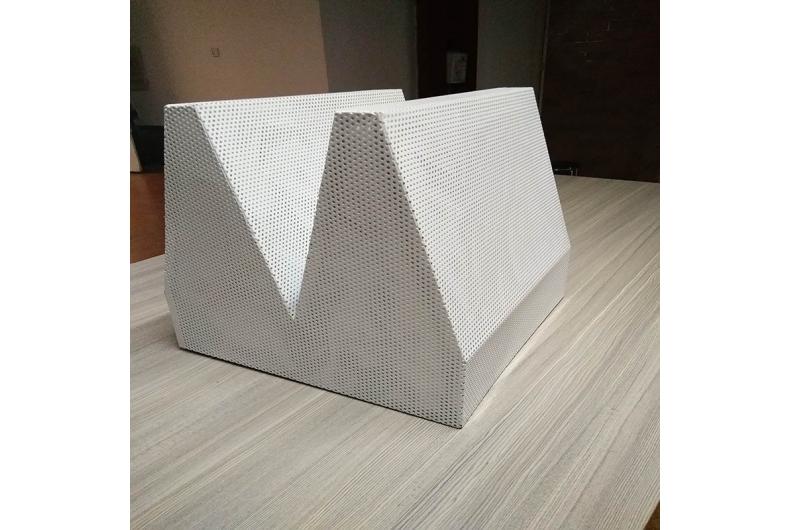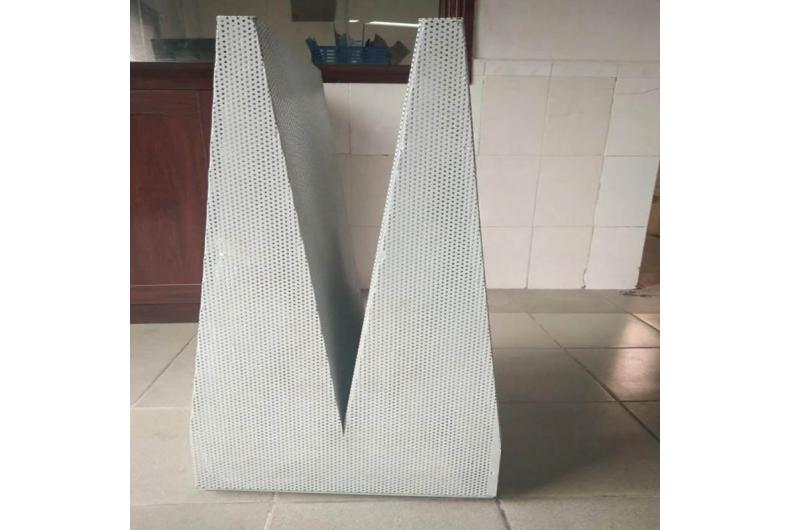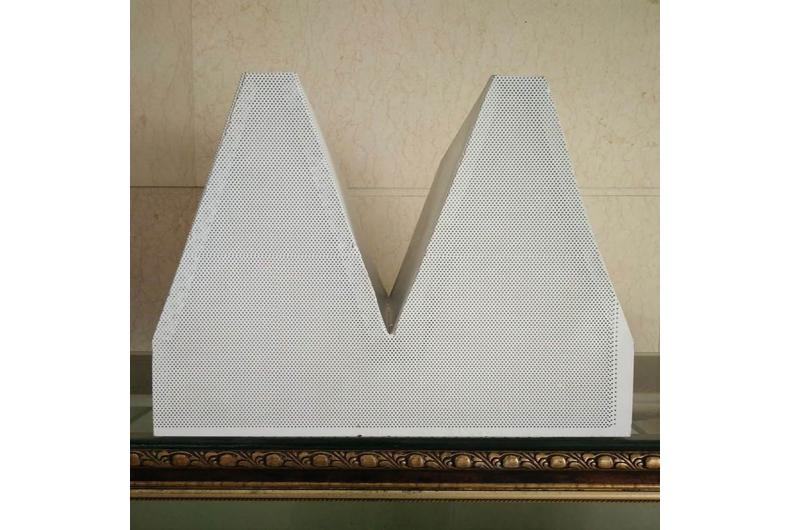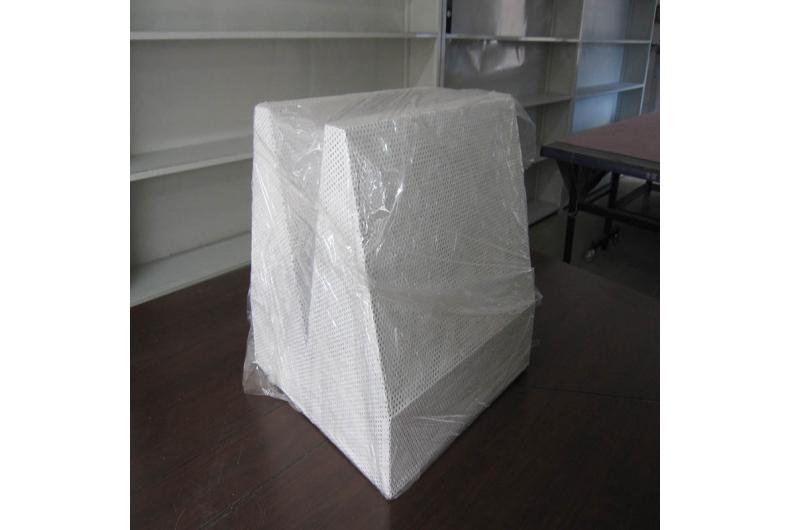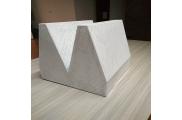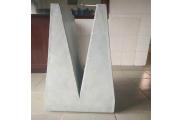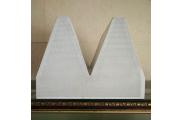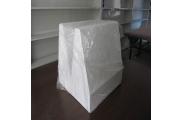Product Description
Introduction:
In our daily lives, noise pollution has become a problem that cannot be ignored. Being in a noisy environment for a long time will not only affect our work and life, but may also have adverse effects on our health. Therefore, noise reduction and soundproofing became a priority. Sound-absorbing materials are receiving increasing attention as an effective noise reduction solution. This article will give you an in-depth understanding of the mysteries of sound-absorbing materials and help you choose suitable sound-absorbing materials to create a quiet and comfortable living environment.
1. Principles of sound-absorbing materials
The working principle of sound-absorbing materials is mainly to absorb the energy of sound waves and gradually attenuate the sound waves during the propagation process, thereby achieving the effect of noise reduction. There are a large number of pores inside the sound-absorbing material, which can convert the energy of sound waves into heat energy, thereby attenuating the sound.
2. Types of sound-absorbing materials
1. Composite sound-absorbing material: composed of multiple layers of materials, such as foam aluminum, foam glass, etc. These materials have good sound absorption properties and can also play a role in heat insulation and fire protection.
2. Fiber sound-absorbing materials: such as glass wool, rock wool, etc. These materials have good sound absorption effects, but you need to wear protective equipment during construction to avoid irritation to the skin.
3. Foam sound-absorbing materials: such as polyurethane foam, polystyrene foam, etc. These materials are lightweight and easy to process, but have poor fire resistance.
4. Curtain sound-absorbing materials: such as sound-absorbing curtains, sound-absorbing screens, etc. These materials can have a certain sound absorption effect and also have good decorative properties.
3. Application of sound-absorbing materials
Sound-absorbing materials are widely used in construction, transportation, industry and other fields. In a home environment, sound-absorbing materials can be installed on walls, ceilings, floors, etc. to reduce indoor noise. In addition, different types of sound-absorbing materials can be selected according to actual needs, such as fire-proof, moisture-proof, easy-to-clean and other functional sound-absorbing materials.
4. How to choose suitable sound-absorbing materials
When selecting sound-absorbing materials, the following factors should be considered:
1. Sound absorption effect: Choose materials with better sound absorption effect according to actual needs. You can refer to relevant sound absorption coefficient data.
2. Durability: Choose sound-absorbing materials that are wear-resistant, not easy to age, moisture-proof and mildew-proof to ensure service life.
3. Fire resistance: Public places should choose sound-absorbing materials with better fire resistance to ensure safety.
4. Decoration: Choose sound-absorbing materials that coordinate with the interior decoration style to improve the overall aesthetics.
Conclusion:
As an effective noise reduction solution, sound-absorbing materials are worthy of our in-depth understanding of their principles, types and applications. Choosing appropriate sound-absorbing materials can not only reduce indoor noise, but also create a quiet and comfortable living environment for us. I hope this article can help you better understand sound-absorbing materials and bring real help to your life.
